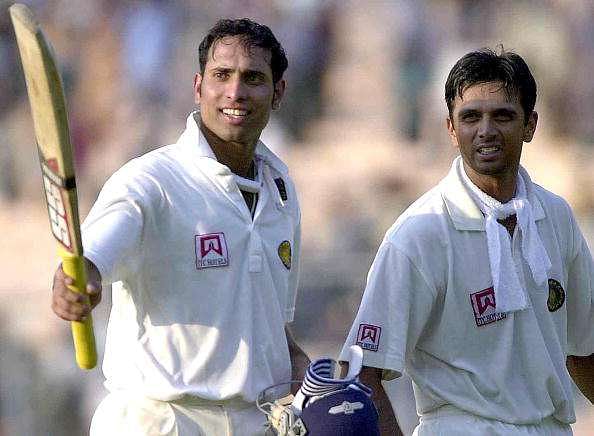
SK Flashback: India script history against Australia at Eden Gardens
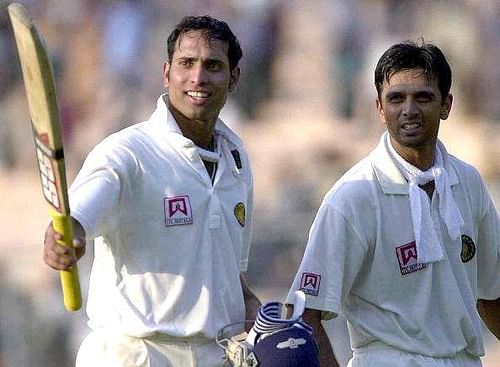
They say cricket is an unforgiving game. To the average eye though, the longest format of the game provides plenty of opportunities to rectify your mistakes. A dropped catch here, a missed stumping there, a duck in the first innings – there come second chances almost always over the course of five days. Intrusions of luck are few and far between, and that is why miracles in Test cricket are countable by the hand.
Speaking of miracles, none can forget the date precisely sixteen years ago to this day. As Matthew Hayden recollected later on, “On that fourth morning, we'd been so confident of preserving our winning streak that Michael Slater had produced a box of cigars, provocatively sniffing one as if to say, ‘This result is so close I can smell it.’ We all saw the humour, as you do when you've won 16 in a row and fully expect to extend the margin.”
Also Read: 5 reasons why Border-Gavaskar Trophy 2001 remains as India's best Test series ever
Slater’s confidence was well founded. With the likes of Hayden, Ricky Ponting, Justin Langer, the Waugh brothers and Adam Gilchrist in the ranks, ‘formidable’ was an understatement for Australia’s line-up. On the bowling front, the services of Glenn McGrath, Jason Gillespie, Michael Kasprowicz and Shane Warne were enough to scare even the best of batsmen. Moreover, their plan of persisting on the fourth and fifth stump line had been working well till then.
Australia in the driver’s seat
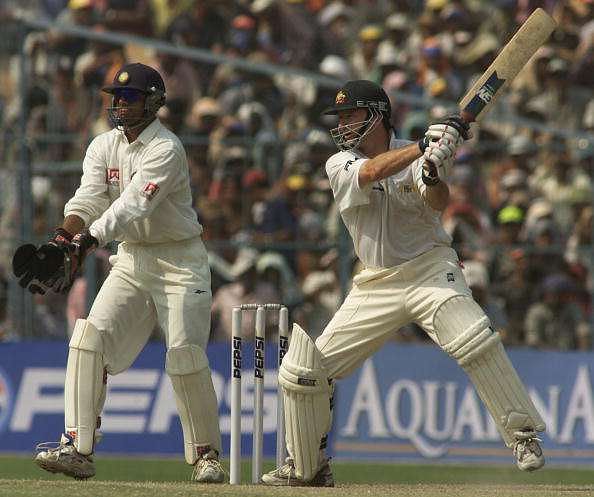
At Kolkata, the Indian batsmen wised up a bit. They let a lot more balls through to the wicketkeeper and attempted to play the waiting game. Attempted, but did not succeed. In reply to Australia’s first innings score of 445, the Indians were bundled out for 171 runs in a span of just 58.1 overs.
As Steve Waugh decided to impose follow-on, Sourav Ganguly’s men found themselves on the brink of not only losing this match, but also losing respect in the eyes of their followers.
India started off the climb on a poised note, reaping benefits from the pitch and capitalising on the opposition’s errors. At the end of Day 3, they were at a respectable total of 254/4, albeit still 20 runs behind in order to make Australia bat again. VVS Laxman, sent in at No. 3 in place of Rahul Dravid, had already completed his century, but he knew well that his team needed him to make it even bigger.
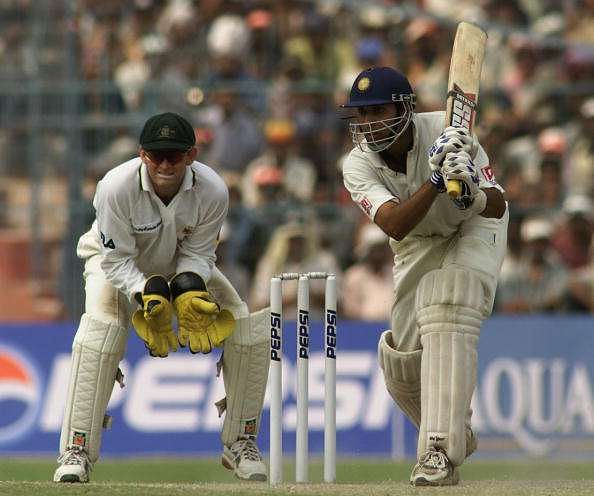
A change of fortunes
Come Day 4, the 50,000 spectators thronging the stadium expected India to wilt soon, followed by Australia doing the formalities without any drama. What ensued, however, can be best summarised as absolute insanity. Laxman and Dravid stayed put the entire day, amassing 335 runs at a strike-rate of over 3.00 and steered India from the very throes of defeat to a position of considerable authority.
The duo broke records at will – both individual and partnership records – as they built one of the greatest comebacks in the history of the game, brick by brick. When they were finally done, India was 383 runs ahead with just 75 overs remaining in the match. On a normal day, the Australian batting order would have seen it through even on a fifth day Eden pitch, but this was no normal day.
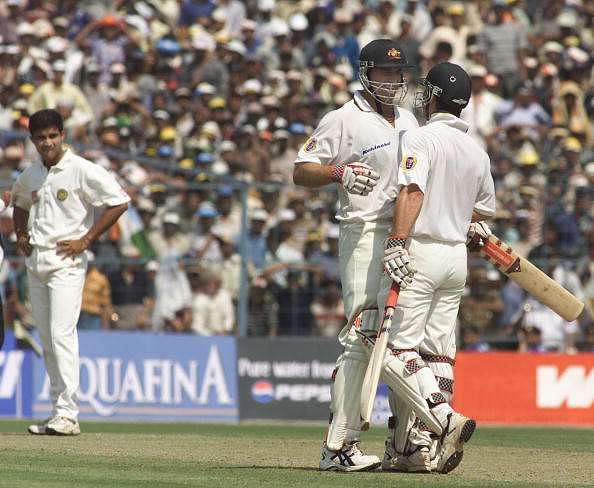
Slater and Hayden kicked off in typical Australian fashion – blunting off the Indian attack in the initial overs, waiting to harvest the maximum off loose deliveries. Harbhajan Singh, however, had other plans. He got Slater to hole one to Ganguly in the 24th over before seeing the end of Langer 4 overs later.
Mark Waugh’s 10-ball struggle was cut short by Venkatapathy Raju fifteen minutes after Langer’s fall, and Australia now found themselves suddenly looking down the barrel at 116/3.
Enter Steve Waugh, the man whose brilliant 110 had guided the visiting team to a 400 plus score from 269/8 at one stage in the first innings. In Waugh and Hayden, Australia searched for the men who could save their day as Ganguly’s noose gradually tightened around their neck. They had done it four days ago, and they had to do it again.
The miracle waiting to happen
But this was always going to be Harbhajan’s match. He had already scripted history in the first innings by becoming the first Indian to scalp a hat-trick in Test cricket. Now in the second, he looked good enough for more. No sooner had Waugh completed his 50-run partnership with Hayden that Harbhajan forced him to turn the ball around the corner into the hands of a grateful Hemang Badani at backward short leg.
Once their captain was back in the pavilion, the Australians began to fall like a pack of cards. McGrath and Kasprowicz did everything they could to drag the play till the umpires called it a day, but there was always a limit to their heroics.
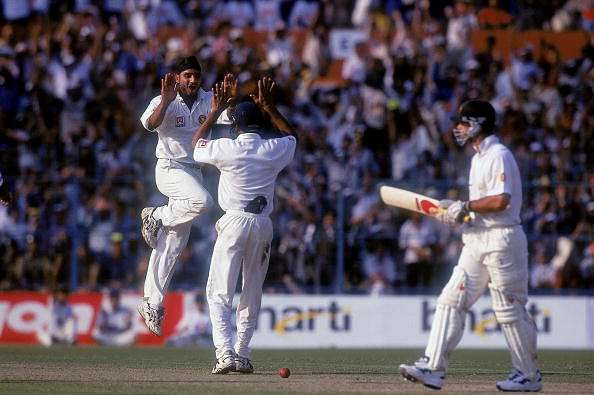
As Harbhajan caught McGrath plumb in front of the wicket with barely seven overs to go, the entire stadium erupted in jubilation. It was finally all over for Australia. As emotions of varied nature engulfed the two dressing rooms and their members amidst the frenzied dash for collecting souvenir stumps, one could feel the passion that only cricket at Eden Gardens can invoke.
The heroes, Laxman, Dravid and Harbhajan, went on to script several more victories together, complementing each other well in the process of making India a force to reckon with. If the emergence of India as a superpower in cricket had to be traced back to a single moment after the turn of the millennium, this would be it.
It was this match that turned a new leaf for the team and built the foundations for becoming the No. 1 Test team in the world.